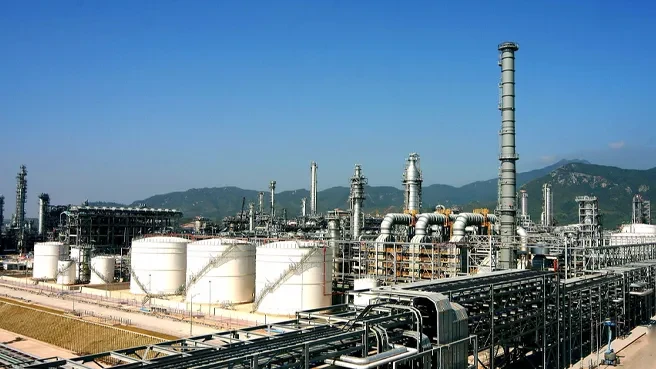
food additives china
Food Additives in China Overview and Implications
Food additives play a crucial role in the modern food industry, and their usage has become increasingly prevalent across the globe, including in China. As the world's most populous country, China has a diverse culinary heritage that is in constant evolution, and food additives are integral to this transformation. This article explores the types of food additives commonly used in China, their regulatory framework, and their implications for health and safety.
Types of Food Additives
Food additives can be classified into several categories based on their functions. Common types found in Chinese cuisine include preservatives, colorants, flavor enhancers, and stabilizers.
1. Preservatives These substances help extend the shelf life of food products by inhibiting microbial growth. Examples popular in China include sodium benzoate and sorbic acid, which are often employed in sauces and pickled vegetables.
2. Colorants To maintain the visual appeal of food, color additives such as tartrazine (Yellow 5) and Allura Red (Red 40) are frequently used. In a country where food aesthetics are paramount, these synthetic colorants enhance the vibrancy of dishes.
3. Flavor Enhancers The use of monosodium glutamate (MSG) is particularly notable in Chinese cooking. MSG enhances the umami flavor of various dishes, making it a staple in many households and restaurants.
4. Stabilizers and Thickeners Commonly used in sauces and desserts, substances like xanthan gum and guar gum help maintain the texture and consistency of food products.
food additives china

Regulatory Framework
The regulation of food additives in China is governed by several key organizations, including the National Health Commission (NHC) and the China Food and Drug Administration (CFDA). These bodies establish safety standards and permissible limits for various additives. China’s food safety laws require that any additive used must be approved for safety, and manufacturers have a responsibility to comply with labeling regulations.
In recent years, China has made strides in enhancing food safety measures, particularly in response to public health scares involving tainted food products. The government has developed stringent guidelines to monitor and regulate the use of food additives, and there is an ongoing effort to ensure transparency in food labeling.
Health Implications
While food additives can provide significant benefits, their health implications cannot be overlooked. The excessive use of certain additives, particularly preservatives and artificial colorants, has raised concerns among health experts. Research has linked some additives to allergic reactions and other health issues, prompting consumers to demand more natural alternatives.
Increasing awareness about food safety has empowered consumers in China to become more discerning about their food choices. Many are opting for organic products and those with minimal or no additives. Additionally, there has been a marked trend towards transparency, with consumers seeking information about what goes into their food.
Conclusion
Food additives are an integral part of the food industry in China, contributing to the safety, preservation, and visual appeal of many products. However, the balance between utility and health remains a critical conversation. As regulatory frameworks evolve and consumer awareness increases, the future will likely see a shift towards safer, more natural food additives. This evolution will not only reflect changing consumer preferences but also a growing understanding of the importance of health and well-being in food choices.
-
Pure Sodium Dichloroisocyanurate Dihydrate | Powerful DisinfectantNewsAug.29,2025
-
Industrial Chemicals: Quality & Purity for Every IndustryNewsAug.28,2025
-
Nitrile Rubber Honoring Strict Production StandardsNewsAug.22,2025
-
Aspartame Ingredients Honoring Food Safety ValuesNewsAug.22,2025
-
Fertilizer for Balanced Plant NutritionNewsAug.22,2025
-
Cyanide Gold Processing with High Purity AdditivesNewsAug.22,2025
-
Formic Acid in Textile Dyeing ApplicationsNewsAug.22,2025
Hebei Tenger Chemical Technology Co., Ltd. focuses on the chemical industry and is committed to the export service of chemical raw materials.
-

view more DiethanolisopropanolamineIn the ever-growing field of chemical solutions, diethanolisopropanolamine (DEIPA) stands out as a versatile and important compound. Due to its unique chemical structure and properties, DEIPA is of interest to various industries including construction, personal care, and agriculture. -

view more TriisopropanolamineTriisopropanolamine (TIPA) alkanol amine substance, is a kind of alcohol amine compound with amino and alcohol hydroxyl, and because of its molecules contains both amino and hydroxyl. -

view more Tetramethyl Thiuram DisulfideTetramethyl thiuram disulfide, also known as TMTD, is a white to light-yellow powder with a distinct sulfur-like odor. It is soluble in organic solvents such as benzene, acetone, and ethyl acetate, making it highly versatile for use in different formulations. TMTD is known for its excellent vulcanization acceleration properties, which makes it a key ingredient in the production of rubber products. Additionally, it acts as an effective fungicide and bactericide, making it valuable in agricultural applications. Its high purity and stability ensure consistent performance, making it a preferred choice for manufacturers across various industries.





